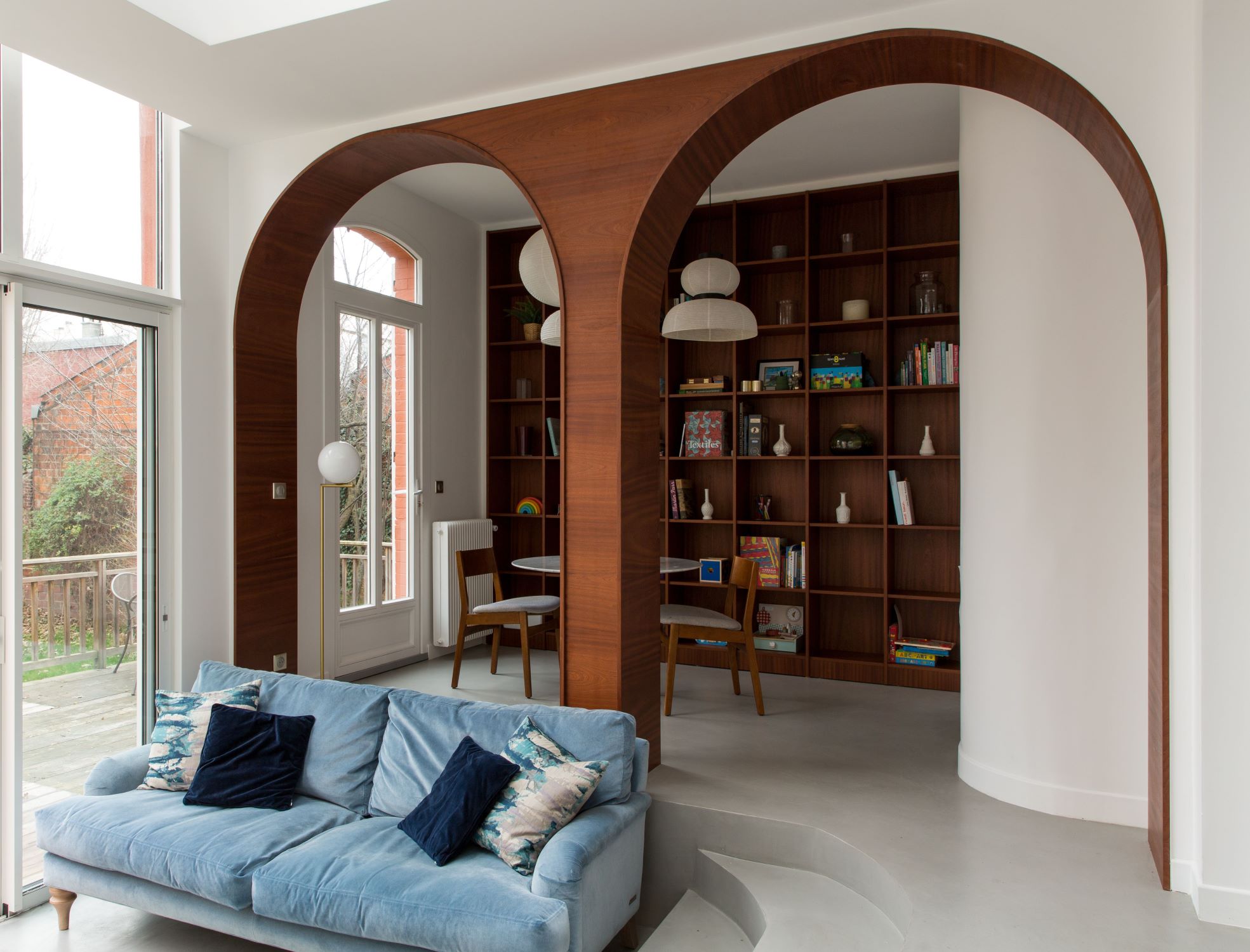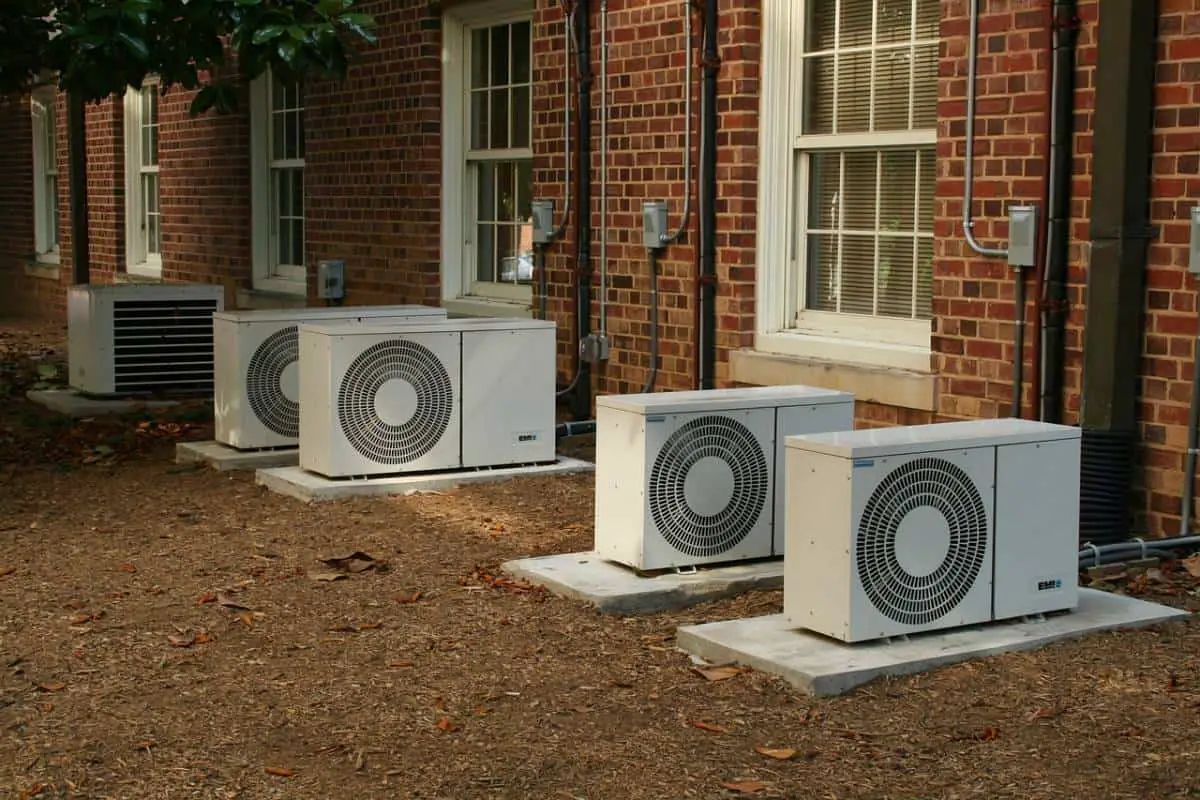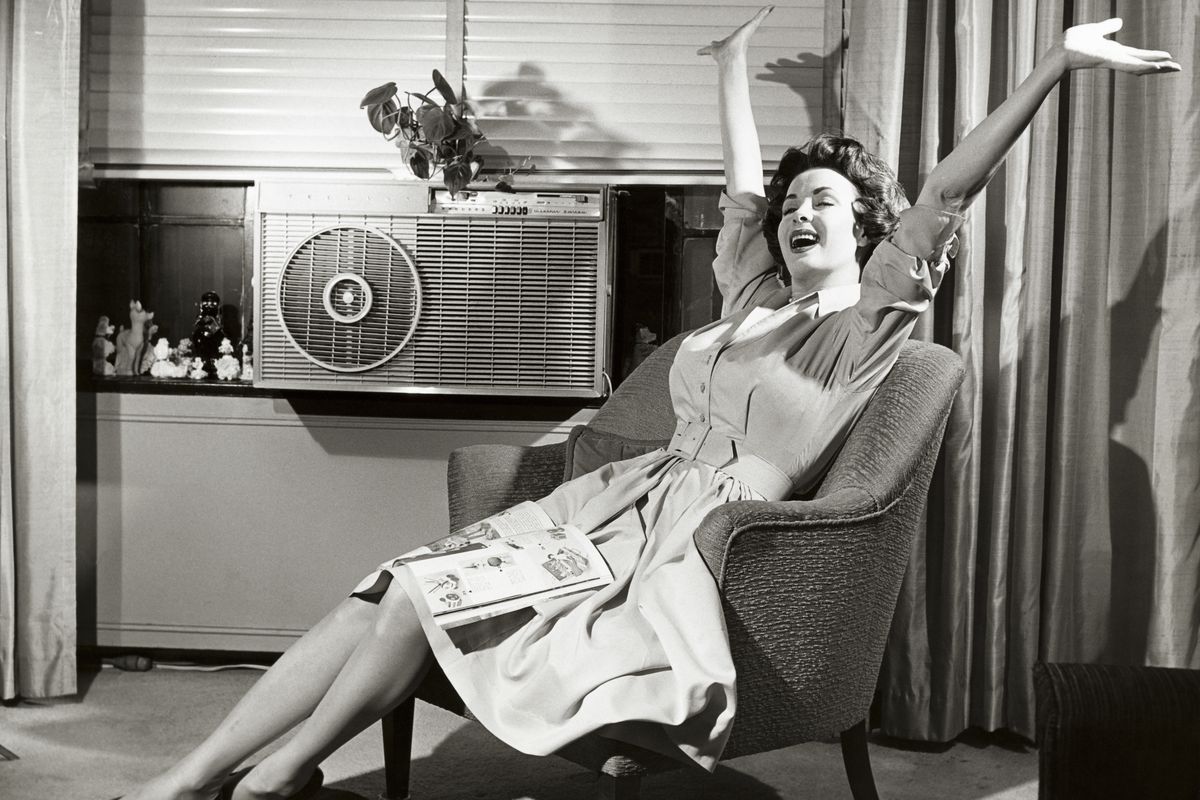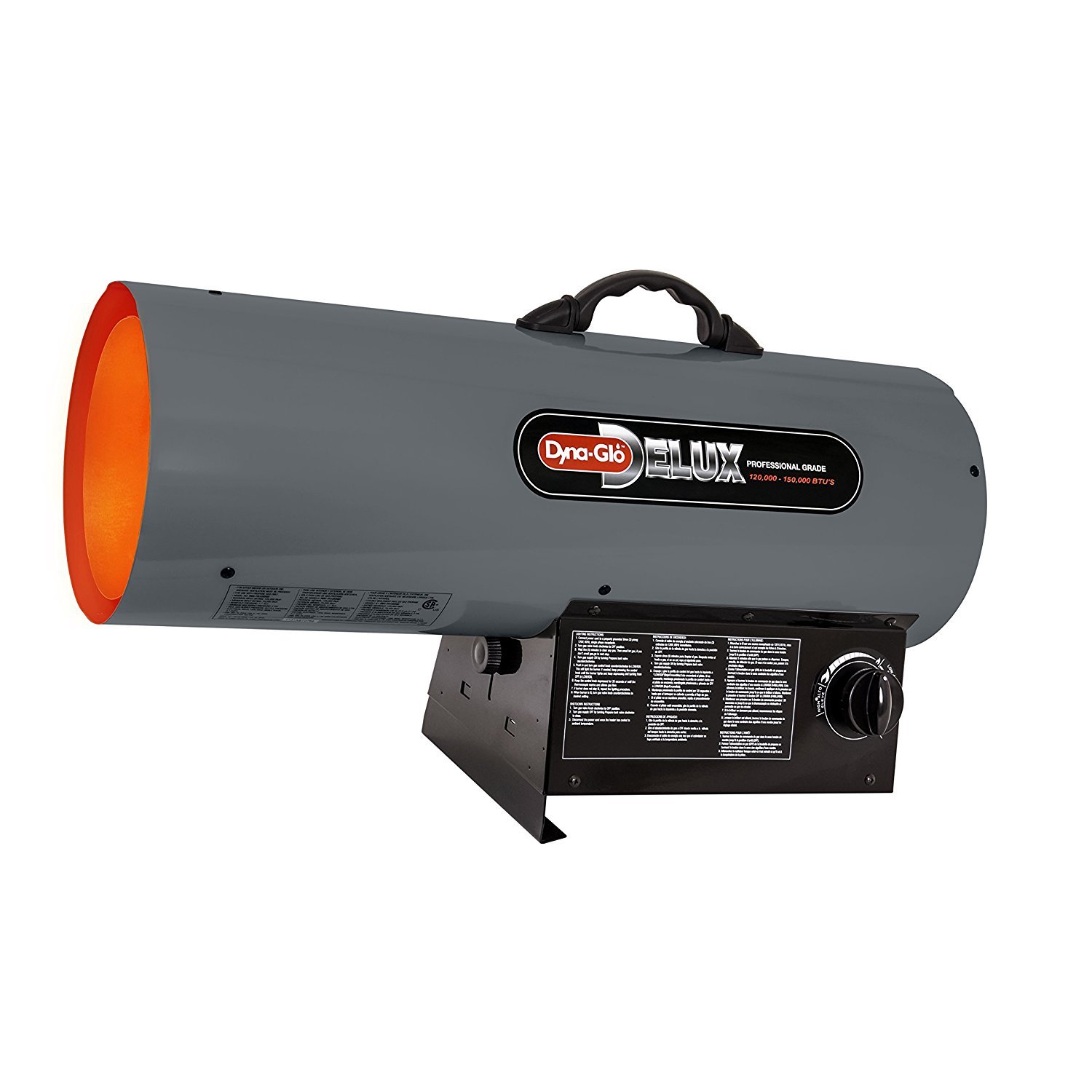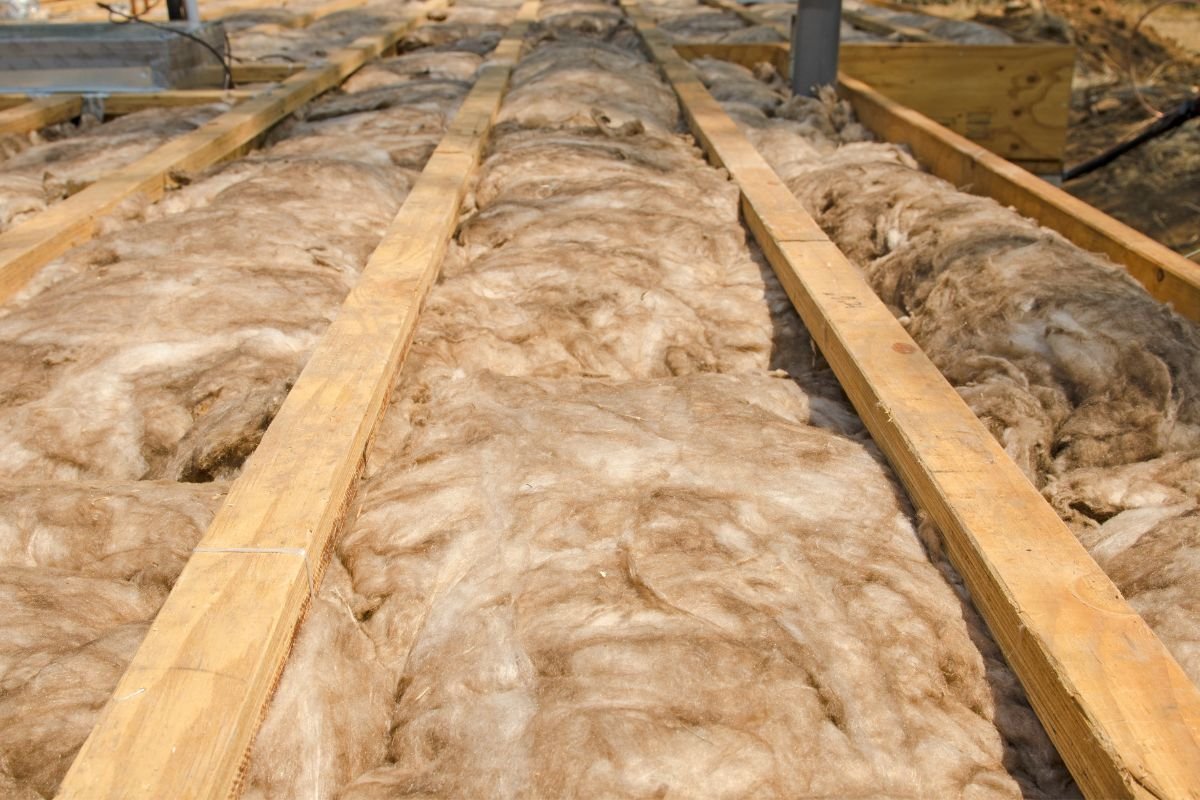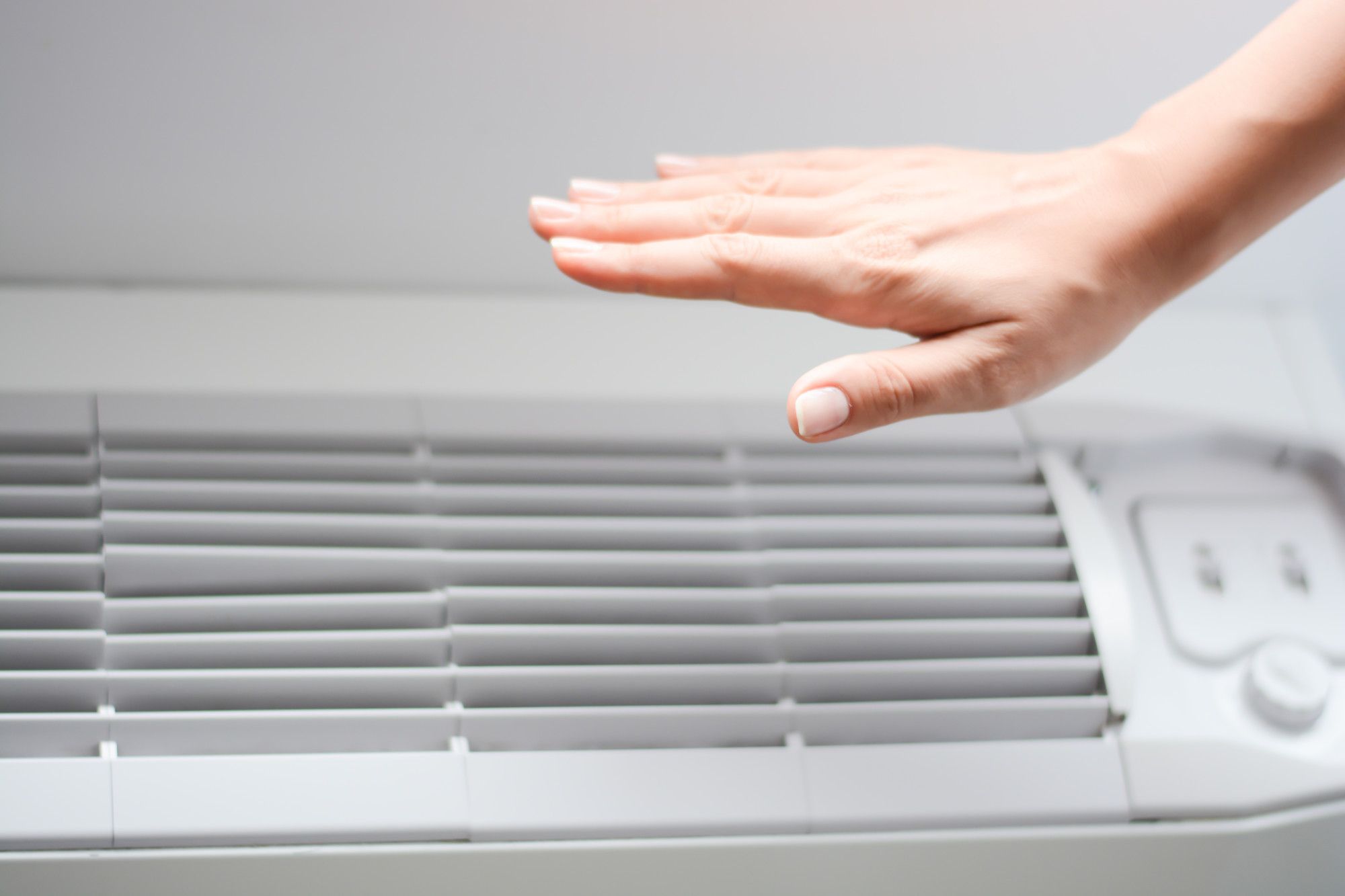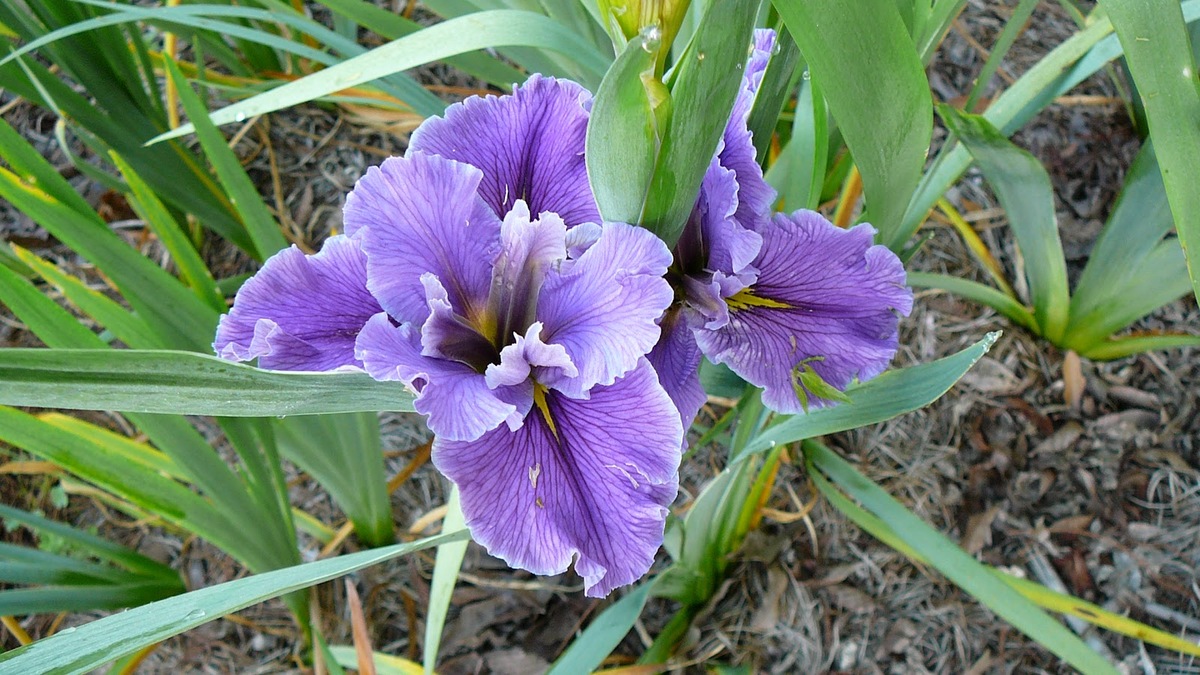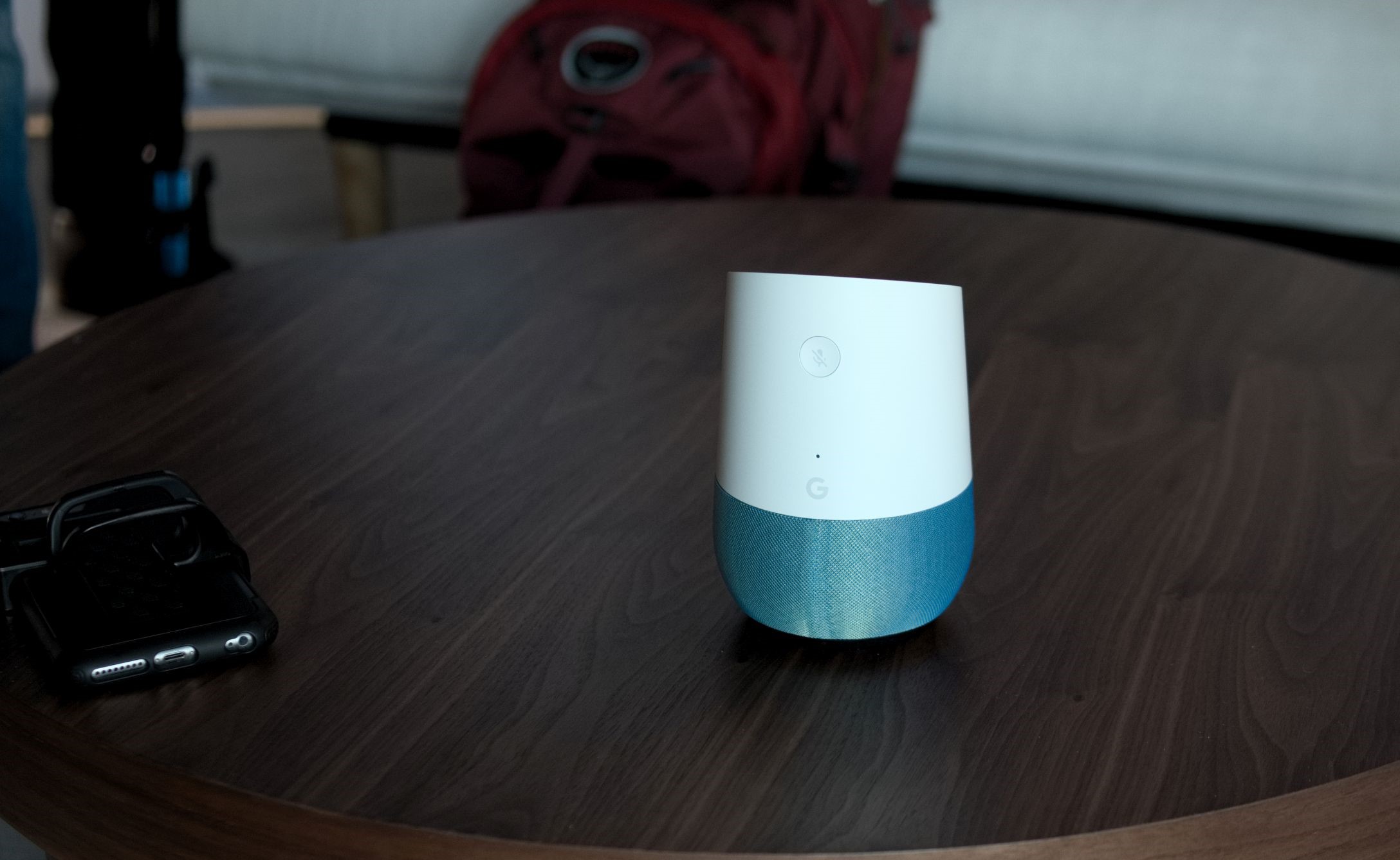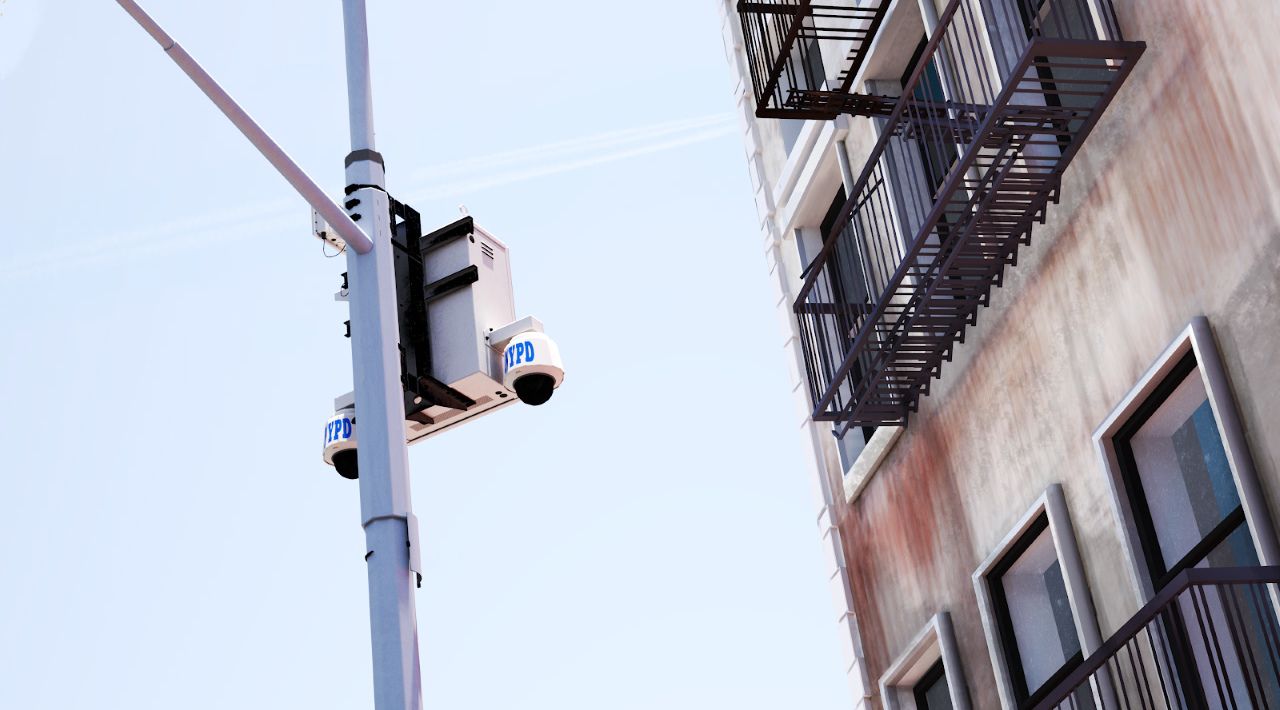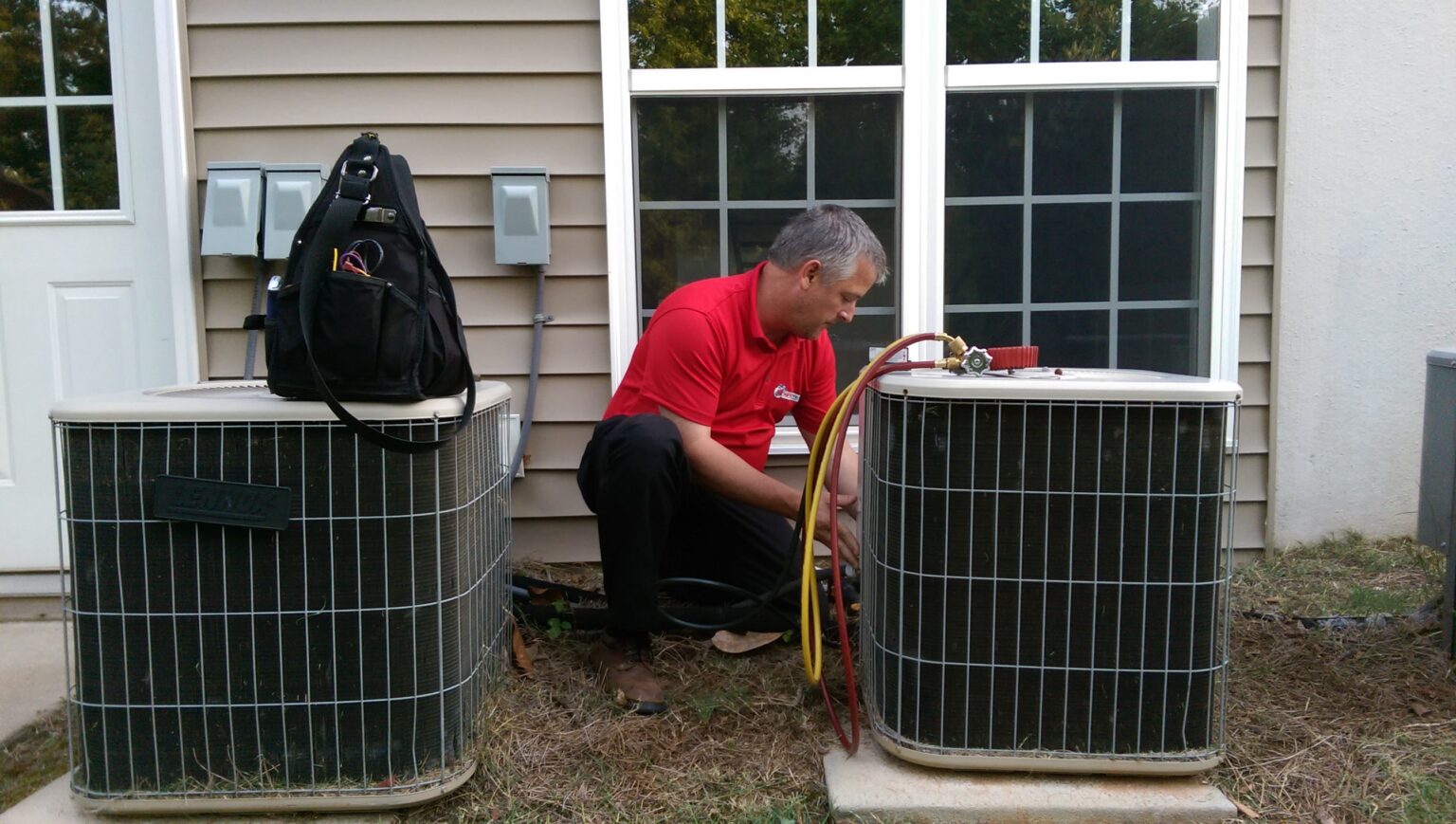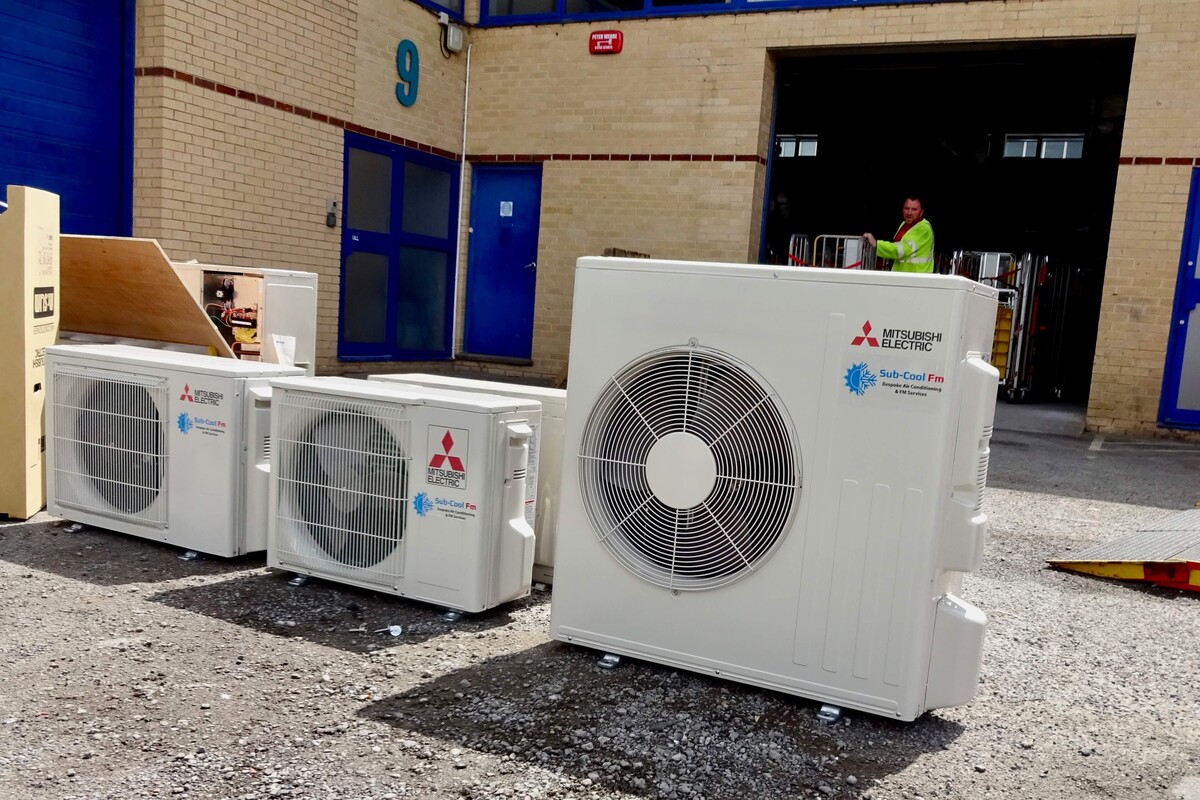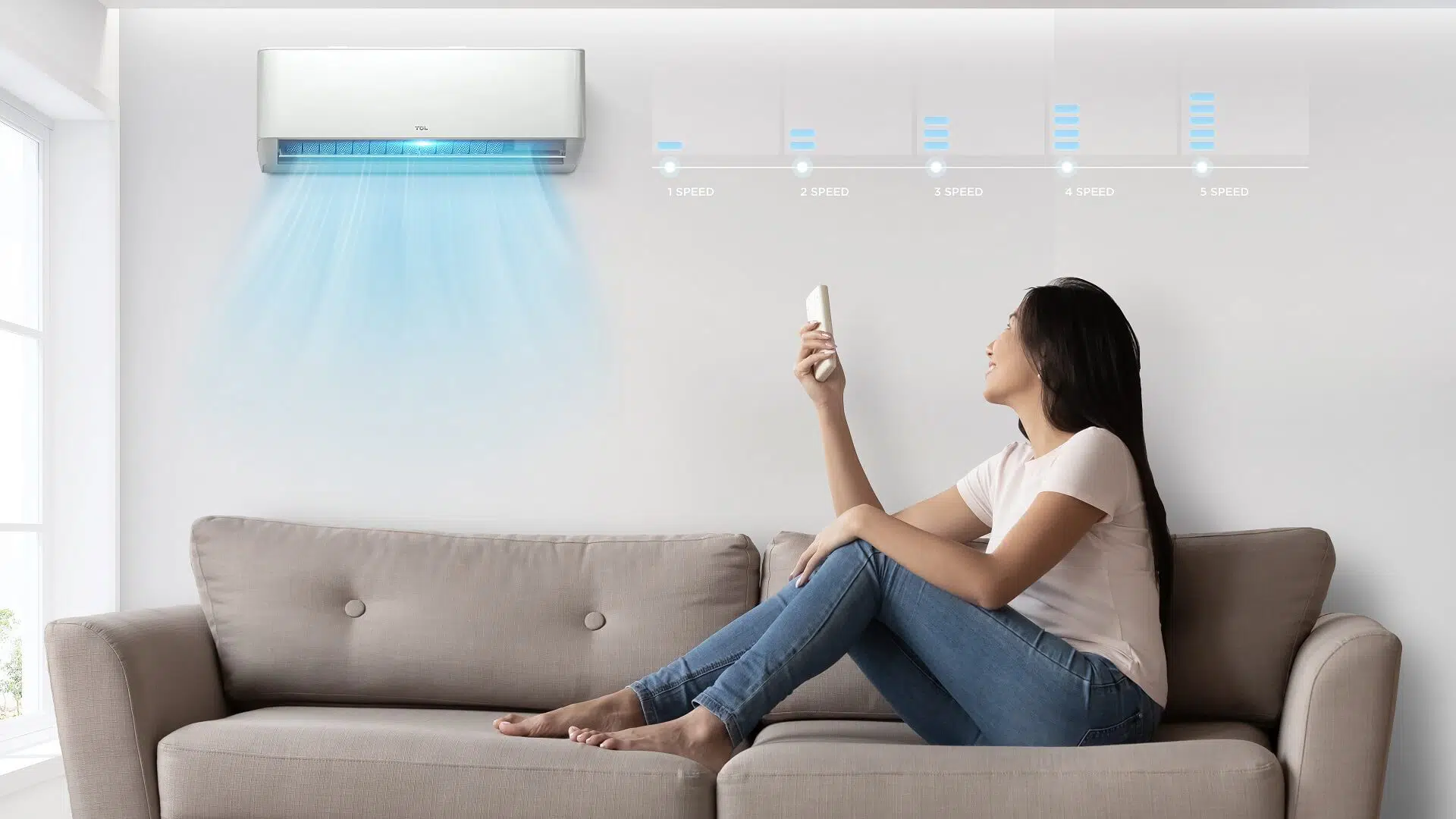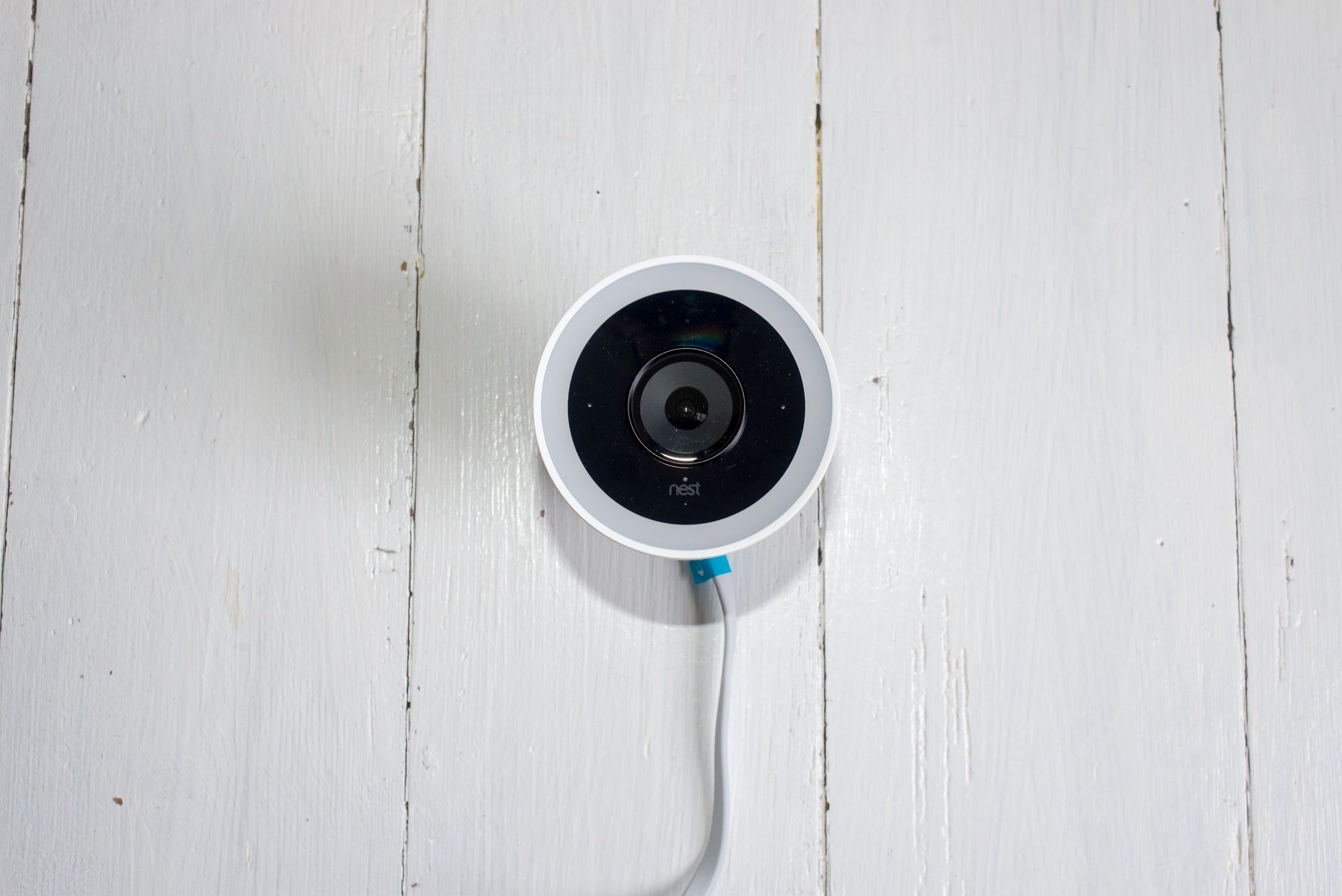Home>Home Maintenance>When Did Home Air Conditioning Become Common
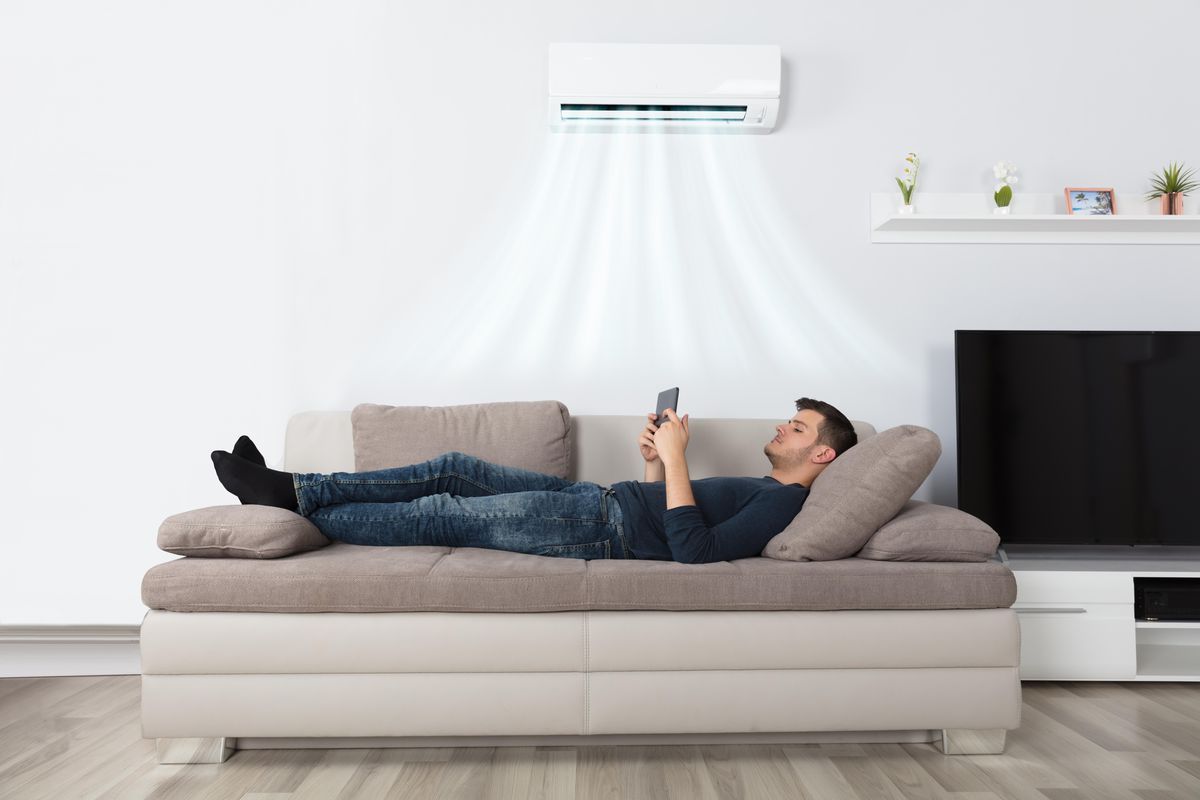

Home Maintenance
When Did Home Air Conditioning Become Common
Modified: March 6, 2024
Discover when home air conditioning became common and how it revolutionized home maintenance. Explore the history and benefits of cooling systems for your comfort and convenience.
(Many of the links in this article redirect to a specific reviewed product. Your purchase of these products through affiliate links helps to generate commission for Storables.com, at no extra cost. Learn more)
Introduction
Welcome to the world of home air conditioning! Nowadays, it’s hard to imagine living without the comfort and convenience of air conditioning in our homes. Whether it’s scorching summer temperatures or a desire to create a pleasant living environment, air conditioning has become a common feature in many households. But have you ever wondered when home air conditioning became so prevalent? In this article, we will explore the early development of home air conditioning, advancements in technology, the impact on residential construction, and the factors that influenced its adoption.
Air conditioning as we know it today has come a long way from its humble beginnings. Early attempts at indoor cooling date back thousands of years, with ancient Egyptians using manually operated fans and wet reed mats to provide relief from the heat. However, it wasn’t until the early 20th century that modern air conditioning technology began to take shape.
The development of air conditioning technology was driven by the need to create a comfortable environment for various industries such as movie theaters, hospitals, and manufacturing plants. The first practical air conditioning system was invented by Willis Carrier in 1902, primarily to control humidity in a New York printing plant. This invention laid the foundation for the modern air conditioning systems we use in our homes today.
Advancements in air conditioning technology continued throughout the 20th century. In the 1920s, central air conditioning systems were introduced, allowing for whole-house cooling. These systems utilized refrigeration technology to cool the air and distribute it throughout the house using ducts and vents.
As technology improved, so did the efficiency and effectiveness of air conditioning systems. The introduction of refrigerants, such as Freon, in the 1930s made air conditioning more accessible and affordable for residential use. This breakthrough allowed for smaller, more efficient, and quieter systems, making them suitable for home installations.
The impact of air conditioning on residential construction cannot be understated. As the popularity of home air conditioning grew, builders began to prioritize it as a standard feature in new homes. Architects and designers incorporated air conditioning systems into their plans, considering factors such as proper insulation, ventilation, and air distribution. This shift in construction practices not only increased the comfort of homes but also had implications for energy efficiency and sustainability.
Key Takeaways:
- Home air conditioning became common in the early 20th century, evolving from industrial use to a household necessity. Advancements in technology and changing lifestyles have fueled its widespread adoption.
- Factors such as climate conditions, technological advancements, and rising disposable income have driven the growing popularity of home air conditioning. It has transformed from a luxury to an essential feature in modern homes.
Read more: When Did Glass Windows Become Common
Early Development of Home Air Conditioning
The early development of home air conditioning can be traced back to the early 20th century when Willis Carrier invented the first practical air conditioning system. However, it wasn’t until several decades later that it became a common feature in residential homes.
After Carrier’s invention in 1902, air conditioning technology primarily focused on industrial and commercial applications. The demand for air conditioning in public spaces like movie theaters, department stores, and office buildings grew rapidly. It wasn’t until the 1930s that air conditioning systems started to be considered for residential use.
One of the early pioneers in home air conditioning was H.H. Schultz, who introduced the first individual room air conditioner in 1931. This unit was designed to sit on windowsills and provided cooling for a single room. Although it was a significant advancement, it was limited in its capabilities and affordability.
Another milestone in the early development of home air conditioning was the introduction of central air conditioning systems in the 1920s. These systems allowed for cooling an entire house from a single unit, providing a more convenient and efficient option. However, due to their high cost and complex installation, central air conditioning systems were primarily found in luxurious homes and commercial buildings.
During World War II, air conditioning technology saw further advancements due to its critical role in maintaining the comfort and productivity of soldiers and workers in military facilities and defense industries. This led to improvements in system design, energy efficiency, and the use of new refrigerants.
After the war, as the economy and housing market boomed, home air conditioning systems became more accessible and affordable for the general population. The 1950s marked a turning point when air conditioning started to become a common feature in middle-class homes. Builders began including air conditioning as a selling point, and homeowners recognized the value of having a comfortable and cool indoor environment.
As the demand for home air conditioning increased, manufacturers invested in research and development to improve system efficiency, reduce noise levels, and make them more aesthetically pleasing. Innovations such as programmable thermostats, variable-speed compressors, and smart home integration further enhanced the functionality and convenience of air conditioning systems.
Today, home air conditioning has become an essential part of modern living. It is not only a luxury but also a necessity in many regions with extreme climates. With advancements in technology and increasing awareness of energy efficiency, air conditioning systems continue to evolve, providing homeowners with better comfort, improved indoor air quality, and reduced environmental impact.
Advancements in Air Conditioning Technology
Over the years, air conditioning technology has seen significant advancements, providing us with more efficient, reliable, and sophisticated systems. These technological breakthroughs have revolutionized the way we cool our homes and have greatly enhanced our overall comfort and quality of life.
One of the major advancements in air conditioning technology is the development of more energy-efficient systems. With growing concerns about environmental sustainability and rising energy costs, manufacturers have prioritized creating air conditioning units that consume less energy while still delivering optimal cooling performance. This has been achieved through the use of advanced compressor technology, improved insulation, and more precise temperature control.
Another significant advancement is the introduction of variable-speed compressors. Traditional air conditioning systems operate at one fixed speed, which can be inefficient and result in temperature fluctuations. Variable-speed compressors, on the other hand, can adjust their speed based on the cooling demand, providing more precise and consistent temperature control. This not only improves comfort but also reduces energy consumption and lowers operating costs.
Technological advancements have also led to the development of smart air conditioning systems. These systems can be controlled remotely through smartphones or connected devices, allowing homeowners to adjust temperature settings and monitor energy usage from anywhere. Smart air conditioners can also learn and adapt to homeowners’ preferences, automatically adjusting the temperature based on occupancy and outdoor conditions. This level of automation and customization not only enhances comfort but also maximizes energy efficiency.
Improved air filtration is another significant advancement in air conditioning technology. High-quality air filters can effectively capture and remove allergens, pollutants, and airborne particles, providing cleaner and healthier indoor air. This is especially beneficial for individuals with respiratory issues or allergies.
Advancements in refrigerant technology have also played a crucial role in improving air conditioning systems. Traditional refrigerants such as chlorofluorocarbons (CFCs) were found to be harmful to the ozone layer. In response, the industry transitioned to more environmentally-friendly refrigerants, such as hydrofluorocarbons (HFCs) and newer alternatives like hydrofluoroolefins (HFOs). These refrigerants have lower environmental impact and are more energy-efficient.
Furthermore, advancements in air conditioning technology have led to the development of ductless mini-split systems. These systems eliminate the need for ductwork and allow for individual temperature control in each room or zone. They are highly flexible, easy to install, and ideal for homes where traditional ducted systems are not feasible.
Looking ahead, ongoing research and development are focused on optimizing air conditioning systems for maximum efficiency, integrating renewable energy sources, and exploring alternative cooling technologies. These advancements aim to reduce energy consumption further, decrease greenhouse gas emissions, and create more sustainable air conditioning solutions.
The Impact on Residential Construction
The widespread adoption of home air conditioning has had a significant impact on residential construction practices. As more and more homeowners sought the comfort and convenience of air conditioning, builders and architects had to adapt to meet this demand. Here are some of the ways in which air conditioning has influenced residential construction:
Design Considerations: The inclusion of air conditioning in homes has necessitated changes in design considerations. Architects and designers now take into account factors such as proper insulation, ventilation, and air distribution to ensure that the cooling system functions efficiently. This includes the positioning of windows, the placement of vents and ductwork, and the overall airflow within the home.
Energy Efficiency: As energy costs continue to rise and environmental sustainability becomes a priority, energy-efficient construction practices have become more prevalent. The integration of air conditioning systems with energy-efficient features, such as well-insulated walls and roofs, double-glazed windows, and smart thermostats, has become commonplace. These measures help minimize energy loss and contribute to overall energy savings in homes with air conditioning.
Aesthetics: The appearance of air conditioning units and their compatibility with the overall design of homes have become important considerations. Manufacturers have responded by designing sleek and modern-looking units that blend seamlessly with interior decor. Ductless mini-split systems, for example, offer a more aesthetic solution as they eliminate the need for visible ductwork.
Building Codes and Regulations: The growing prevalence of home air conditioning has led to the development of building codes and regulations. These codes ensure that new construction meets specific standards for energy efficiency, indoor air quality, and comfort. They seek to balance residents’ comfort with sustainable construction practices.
Home Valuation and Marketability: The inclusion of air conditioning systems in homes has a direct impact on their market value and marketability. Potential buyers often prioritize homes with functional and efficient air conditioning systems, as they offer comfort and convenience. Homes without air conditioning or outdated systems may struggle to attract buyers or may need to be priced lower in the market.
Size and Layout: The size and layout of homes have evolved to accommodate air conditioning systems. Homes built in areas with a hot climate often have larger square footage to accommodate the cooling needs. Additionally, the layout of homes ensures that rooms are adequately cooled, with the positioning of vents and ducts considered during the construction process.
Year-Round Comfort: Air conditioning systems have allowed homeowners to create a comfortable living environment year-round. This shift in residential construction practices has made it possible for homeowners to enjoy consistent comfort, regardless of external weather conditions.
In summary, the widespread adoption of home air conditioning has significantly influenced residential construction practices. As air conditioning systems became more prevalent and desirable, builders and architects have adapted their designs and construction techniques to accommodate these systems while prioritizing energy efficiency and environmental sustainability.
Home air conditioning became common in the 1950s, as technological advancements made it more affordable and accessible to the general public.
The Growing Popularity of Home Air Conditioning
The popularity of home air conditioning has soared in recent decades, becoming a ubiquitous feature in many households. Several factors have contributed to this widespread adoption, transforming air conditioning from a luxury to a necessity. Let’s explore the reasons behind the growing popularity of home air conditioning:
Comfort and Convenience: One of the main reasons for the increasing demand for home air conditioning is the desire for comfort and convenience. As temperatures rise during the scorching summer months, air conditioning provides a respite from the heat, creating a cool and comfortable indoor environment. It allows individuals to escape the sweltering outdoor conditions and enjoy a cool oasis within their homes.
Improved Indoor Air Quality: Air conditioning systems not only cool the air but also help improve indoor air quality. They filter out dust, pollen, allergens, and other airborne pollutants, creating a healthier living environment. This is particularly beneficial for individuals with respiratory conditions or allergies, as air conditioning can help reduce triggers and symptoms.
Changes in Lifestyle and Work Patterns: With the increasing prevalence of remote work and the desire for a better work-life balance, people are spending more time at home. Air conditioning allows individuals to create a comfortable and productive workspace within their homes, regardless of the outside temperature. It has become an essential component for those who work from home or spend extended periods indoors.
Population Growth in Hot Climates: The growing population in regions with hot climates has contributed to the popularity of home air conditioning. As cities expand and urban areas become more densely populated, the need for indoor comfort becomes paramount. Air conditioning provides the means to cool homes in areas where high temperatures and humidity can be unbearable.
Technological Advancements: The continuous advancements in air conditioning technology have made systems more efficient, quieter, and affordable. Not only are modern systems capable of cooling homes effectively, but they also consume less energy, resulting in cost savings for homeowners. Additionally, the development of smart thermostats and remote control options has made air conditioning more user-friendly and convenient.
Increased Affordability: As air conditioning technology has advanced and become more widespread, its cost has decreased. The accessibility and affordability of air conditioning systems have made them more attainable for homeowners. This affordability has led to a shift where air conditioning is no longer reserved for luxury homes but is now considered a standard feature in many houses.
Longer Summers and Climate Change: Climate change has led to longer and more intense heatwaves in many regions. As a result, the need for effective home cooling has become crucial to ensure the comfort and well-being of individuals and families. Air conditioning helps combat the effects of climate change by providing a comfortable living environment during extreme heat events.
The growing popularity of home air conditioning is a reflection of our evolving lifestyles and the desire for year-round comfort and convenience. As technology continues to advance and environmental concerns become increasingly important, we can expect to see further improvements in air conditioning systems, making them even more efficient, eco-friendly, and integrated into smart home solutions.
Read more: When Did Vinyl Siding Become Popular
Factors Influencing the Adoption of Home Air Conditioning
The adoption of home air conditioning has been influenced by a variety of factors that have contributed to its growing popularity. From climate conditions to technological advancements, several key factors have played a role in shaping the demand for and adoption of air conditioning in residential settings. Let’s explore some of the main factors behind the widespread adoption of home air conditioning:
Climate Conditions: One of the primary factors driving the adoption of home air conditioning is the climate in which individuals live. Regions with hot and humid summers experience discomfort and reduced productivity without adequate cooling systems. In these areas, the need for air conditioning to maintain a comfortable indoor environment becomes essential.
Urbanization and Population Density: With the rapid growth of urban areas and increasing population density, the demand for air conditioning has risen. Compact living spaces and higher occupancy rates in cities necessitate the use of cooling systems to maintain comfortable living conditions within limited spaces.
Changing Demographics and Aging Population: The changing demographics and an aging population have contributed to the adoption of air conditioning. Older adults are more susceptible to heat-related illnesses, making it crucial for them to have access to cooling systems for their health and well-being.
Health and Well-being: Air conditioning has a significant impact on health and well-being. It helps regulate indoor temperatures, reducing the risk of heat-related illnesses and providing relief from allergies. As individuals become more aware of the importance of creating a healthy and comfortable living environment, the demand for air conditioning continues to rise.
Technological Advancements and Energy Efficiency: Technological advancements have made air conditioning more energy-efficient and economically viable. The development of high-efficiency systems and the use of smart technology have allowed homeowners to cool their spaces while minimizing energy consumption and reducing environmental impact. Energy-saving features and eco-friendly refrigerants have become selling points for modern air conditioning systems.
Rising Disposable Income: As disposable income levels increase, individuals have greater purchasing power, making air conditioning more affordable. This has made it feasible for homeowners to invest in cooling systems that were once considered a luxury.
Changing Work Patterns and Remote Work: The rise of remote work and changes in work patterns have driven the adoption of air conditioning. With more individuals working from home, the need for a comfortable and productive indoor environment has become crucial. Air conditioning provides a controlled climate that allows for increased focus and productivity.
Education and Awareness: Education and awareness about the benefits of air conditioning have played a role in its adoption. As individuals become more knowledgeable about the advantages of maintaining a comfortable indoor environment, they prioritize the installation of air conditioning systems in their homes.
Architectural and Construction Practices: Changes in architectural and construction practices have facilitated the adoption of air conditioning. Modern construction techniques focus on incorporating air conditioning systems into the design and layout of homes, ensuring efficient cooling and proper air distribution.
Cultural Norms and Expectations: Air conditioning has become a cultural norm in many societies and is expected in residential spaces. The desire for comfort and the perception that air conditioning enhances the quality of life have further fueled its adoption.
These various factors have contributed to the widespread adoption of home air conditioning, making it an essential feature in modern residential settings. As society continues to evolve, and with ongoing advancements in technology, we can expect the demand for air conditioning to continue to grow.
Conclusion
The adoption of home air conditioning has experienced a remarkable growth in popularity over the years, transforming it from a luxury to a necessity in many households. Factors such as climate conditions, technological advancements, changing demographics, and evolving lifestyles have fueled the demand for air conditioning systems in residential settings.
The early development of air conditioning technology paved the way for its widespread use, starting with industrial and commercial applications and later expanding to residential usage. Advancements in air conditioning technology, including energy-efficient systems, variable-speed compressors, smart thermostats, and improved air filtration, have played a significant role in enhancing comfort, energy efficiency, and indoor air quality in homes.
The impact on residential construction has been notable, with architects and builders adapting their designs and construction practices to incorporate air conditioning systems. Energy-efficient construction practices, aesthetics, and considerations for proper airflow and insulation have become priorities in the construction of new homes.
The growing popularity of home air conditioning has been driven by the desire for comfort, convenience, improved indoor air quality, and changing lifestyles. Factors such as urbanization, aging populations, rising disposable income, and changing work patterns have all contributed to the increasing demand for air conditioning in homes.
Technological advancements have made air conditioning systems more efficient, quieter, and affordable, while also providing features such as remote control and integration with smart home systems. These advancements have made air conditioning more user-friendly and appealing to homeowners.
As people become more aware of the benefits of air conditioning and as climate change continues to impact temperature and weather patterns, the demand for cooling systems is expected to rise further. Continued research and development efforts will focus on improving energy efficiency, sustainability, and integration with renewable energy sources.
In conclusion, home air conditioning has come a long way from its early development as an industrial application to becoming an essential feature in residential construction. Its growing popularity is driven by the desire for comfort, improved indoor air quality, advancements in technology, and changing lifestyles. As we look to the future, air conditioning systems will continue to evolve, providing greater comfort, energy efficiency, and sustainability for homeowners worldwide.
Frequently Asked Questions about When Did Home Air Conditioning Become Common
Was this page helpful?
At Storables.com, we guarantee accurate and reliable information. Our content, validated by Expert Board Contributors, is crafted following stringent Editorial Policies. We're committed to providing you with well-researched, expert-backed insights for all your informational needs.
